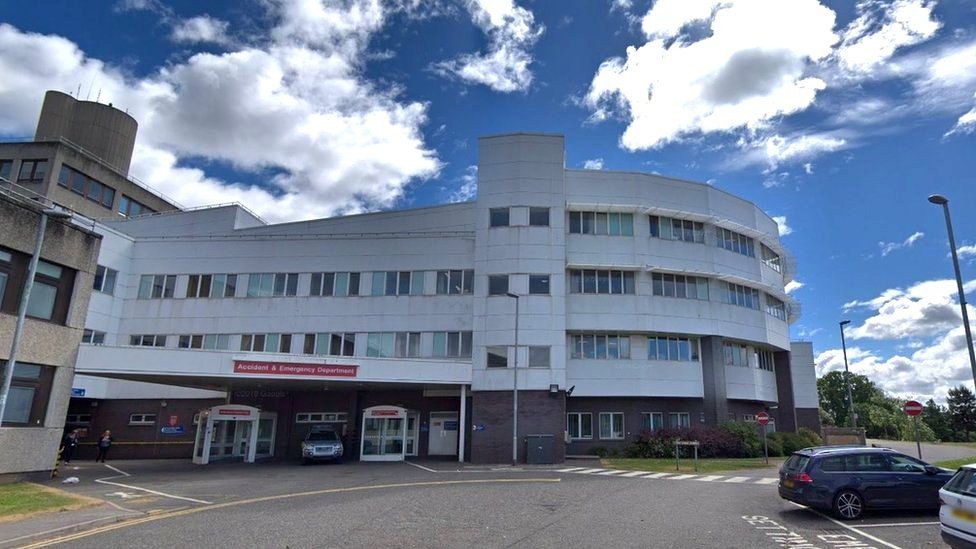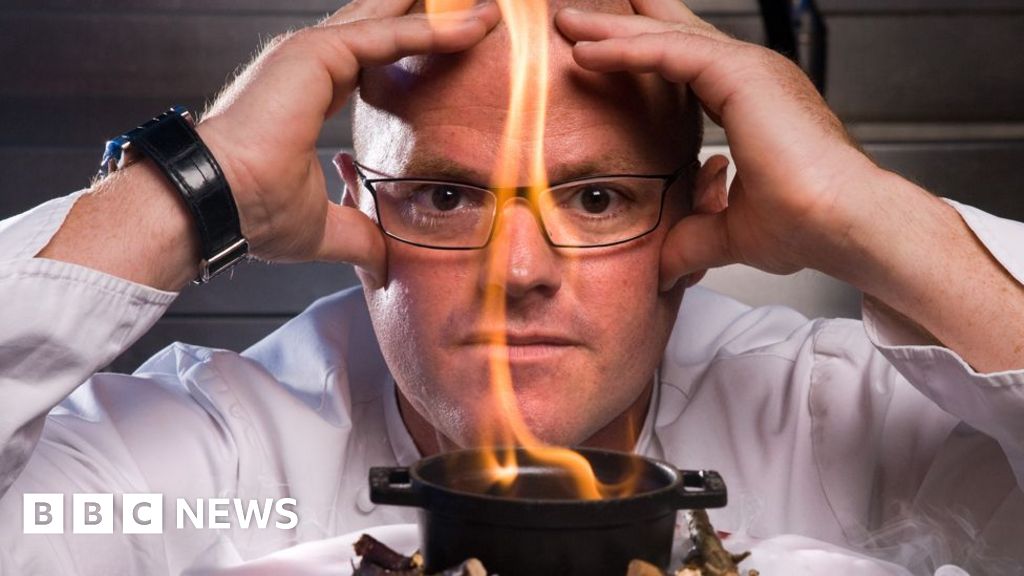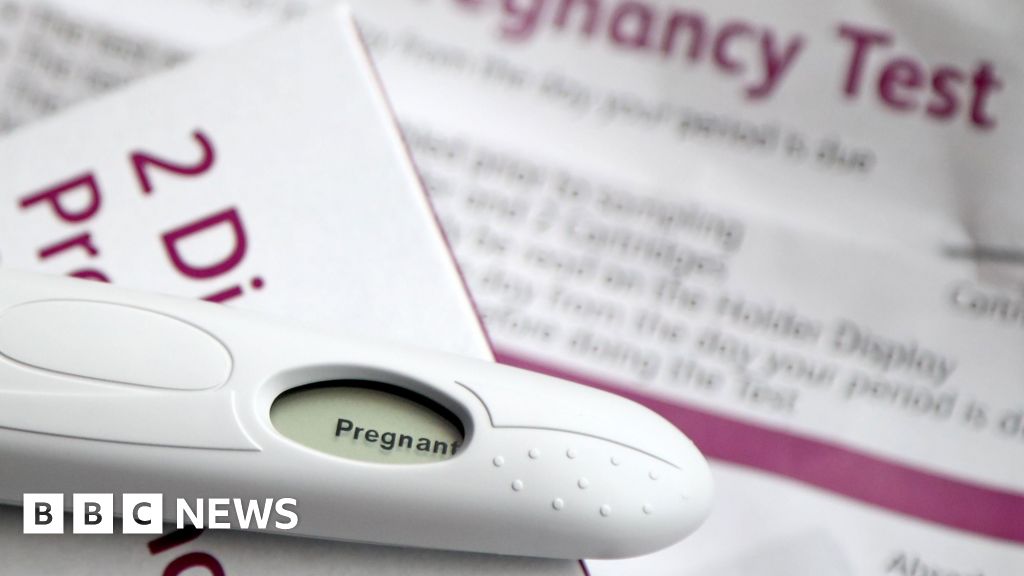ARTICLE AD BOX
 Image source, Google
Image source, Google
Buildings in Dundee's Ninewells Hospital are identified in the report
More than 250 NHS buildings in Scotland could contain a potentially dangerous type of concrete that can collapse without warning.
NHS Scotland issued a Safety Action Notice in February and completed a "desktop survey" of its estate in June.
Reinforced autoclaved aerated concrete (RAAC) was used to build roofs, walls and floors from the 1960s to the 1990s.
NHS Scotland has warned the material is potentially vulnerable to "catastrophic failure without warning".
NHS Scotland's review identified 254 buildings that "have two or more characteristics which are consistent with the presence of RAAC".
Following the desktop survey, health officials began on-site investigations to determine whether RAAC is actually present. These are expected to take between six and eight months to complete.
The sites identified in the initial survey range from main ward hospital blocks to disused public toilets.
Major sites such as Ninewells Hospital in Dundee, University Hospital Crosshouse in Kilmarnock and the more recently constructed Queen Elizabeth University Hospital in Glasgow are named in the report as having buildings which could contain RAAC.
Any repairs are expected to come at a considerable cost.
What is RAAC?
Image source, CommonCreativeLicence
Image caption,The lightweight concrete was widely used from the 1960s to the 1990s
The lightweight concrete was used in roofs, floors and walls between the 1950s and 1990s as a cheaper alternative to the standard building material.
It was widely used in public buildings and has been found in Scottish hospitals, schools and police stations.
RAAC has air bubbles inside of it and has a limited lifespan.
NHS Scotland warned in its Safety Action Notice that RAAC planks are considered to be "relatively weak and prone to degradation over time".
It added: "The limited visible exposure of panels to assess their condition may result in catastrophic failure without warning."
NHS Grampian had the most buildings which could potentially contain RAAC, with 53 identified by the health board, followed by NHS Greater Glasgow and Clyde with 44 and NHS Lothian with 35.
NHS Highland identified 25 potentially affected buildings, while NHS Fife had 22. NHS Forth Valley reported eight and NHS Borders seven.

 1 year ago
40
1 year ago
40








 English (US) ·
English (US) ·